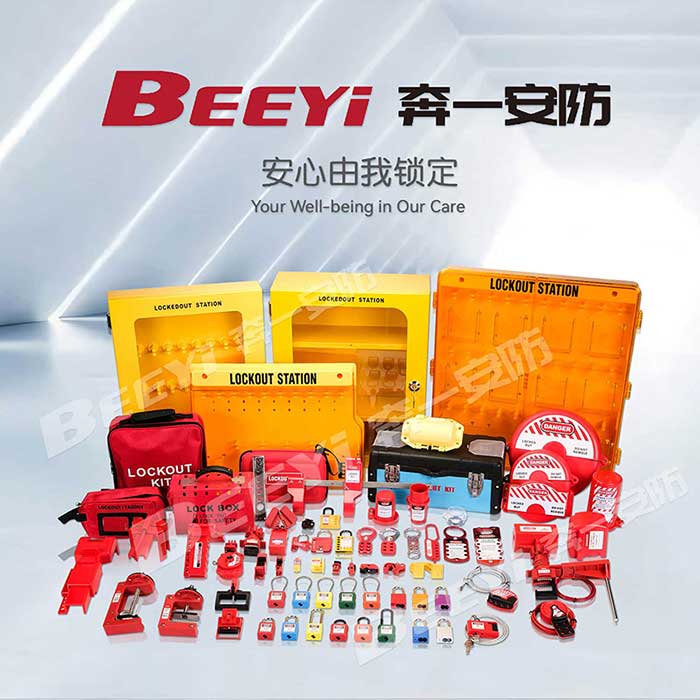lock out equipment: essential tools for workplace safety
Release time:2025-08-25 03:21:03
Lock out equipment plays a critical role in ensuring safety in workplaces that involve machinery or equipment requiring maintenance. The process of lockout-tagout (LOTO) is designed to prevent accidental machine startups or the release of hazardous energy during maintenance or repair activities. This article explores the importance of lockout equipment, its types, and how it contributes to a safe working environment.

The Role of Lock Out Equipment
Lockout equipment is used to isolate energy sources, such as electrical, mechanical, hydraulic, pneumatic, chemical, or thermal energy, during maintenance work. When workers perform repairs, adjustments, or inspections on equipment, they risk injury if the machine starts up unexpectedly or if energy is released. Lock out equipment prevents these accidents by ensuring that the energy sources are fully disconnected and locked out.
The Occupational Safety and Health Administration (OSHA) requires the use of lockout-tagout procedures to reduce the risk of injuries and fatalities. In fact, LOTO is not only a best practice but a legal requirement in many countries. Lock out equipment ensures that workers are protected from electrical shocks, burns, mechanical injuries, and other hazards associated with uncontrolled energy.

